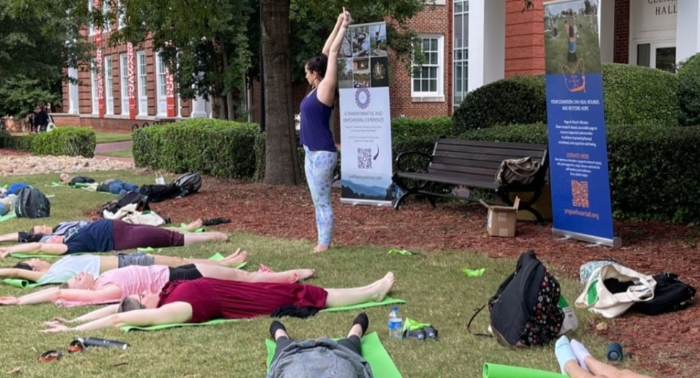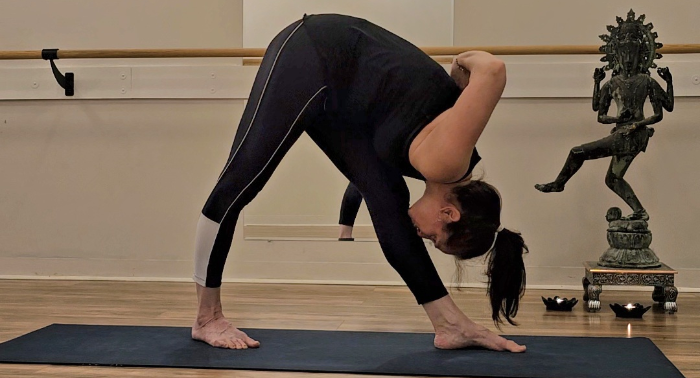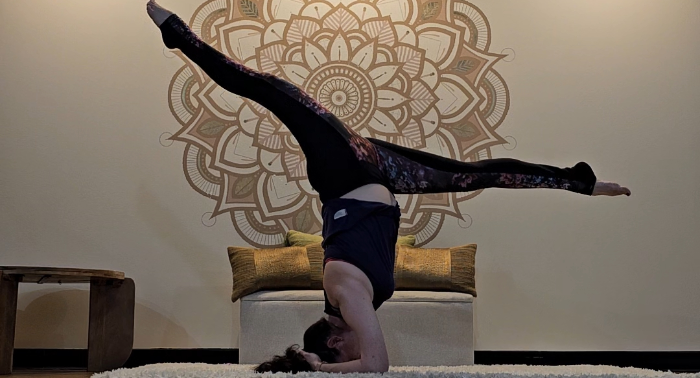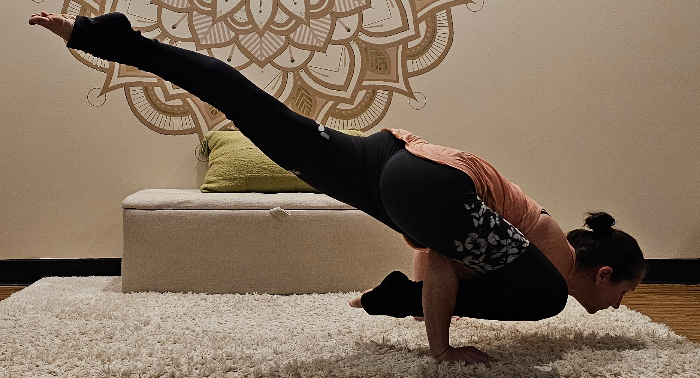Injury and Yoga: Knowing When to Practice and When to Rest
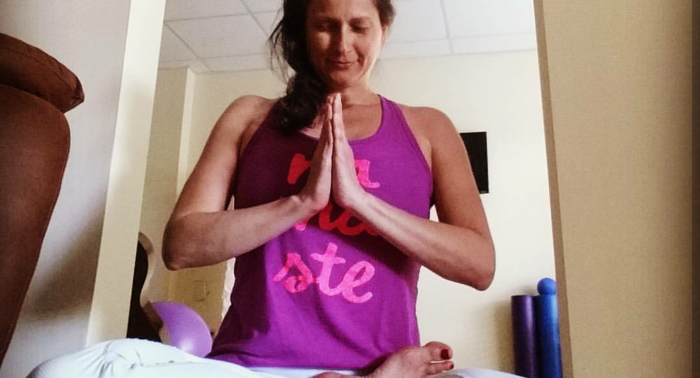
Injuries are a part of life, whether you're an athlete, a weekend warrior, or just someone who enjoys an active lifestyle. When an injury occurs, it can feel discouraging—especially if you're someone who loves yoga. Yoga is often seen as a holistic practice that promotes healing, flexibility, and strength. But when it comes to recovering from an injury, it's important to approach your practice with caution.
So, when should you not practice yoga after an injury? Here’s what you need to know about navigating your practice while recovering from an injury and when it’s best to refrain from yoga.
The Healing Process: Yoga as Support, Not a Shortcut
Yoga is an incredible tool for supporting recovery and rehabilitation. Its emphasis on breath, mindfulness, and gentle movement can help improve circulation, reduce stress, and enhance the body's natural healing abilities. But, like any form of exercise, yoga should not be rushed.
When an injury is fresh, the body needs time to heal. Rushing back into yoga too soon can worsen the injury, lead to compensatory movements that cause new pain, or delay the recovery process altogether. Yoga should enhance your healing, not hinder it.
Signs You Should Refrain from Practicing Yoga Immediately After an Injury
-
Severe Pain or Swelling When an injury is still fresh, pain and swelling are your body's clear signals that something is wrong. If you're experiencing sharp, intense pain or visible swelling, it's best to refrain from yoga until these symptoms subside. Pushing through this pain could worsen the injury or cause additional strain on muscles, ligaments, or joints.
-
Lack of Range of Motion If the injury has significantly reduced your range of motion, forcing yourself into yoga poses could strain the injured area. For example, if you’ve injured your shoulder and can’t lift your arm above a certain point, attempting to do a shoulder stretch or any pose that involves raising your arm could aggravate the injury. It’s essential to allow time for your body to regain movement without forcing it.
-
Medical Advice Against Exercise Always listen to your doctor or physical therapist. If they advise against physical activity, including yoga, in the early stages of recovery, it’s crucial to follow that guidance. Ignoring professional advice could lead to setbacks or even more severe injuries.
-
Recent Surgery or Serious Injury If you’ve had surgery or suffered a serious injury like a broken bone, torn ligament, or deep muscle strain, it's generally best to avoid any kind of physical practice until you've been cleared by your healthcare provider. Yoga may feel like a gentle way to ease back into movement, but after such injuries, your body needs time to heal and regain its strength.
-
Mental Exhaustion or Emotional Stress Injuries can also take an emotional toll on us, particularly if they prevent us from participating in activities we love. If you're feeling mentally exhausted, stressed, or frustrated by your injury, yoga may not be the right approach just yet. It’s important to prioritize mental well-being too and allow yourself to rest, both physically and emotionally.
The Bottom Line: Rest and Heal Before You Flow
Injury recovery is a process that requires patience. While yoga can be an incredibly healing practice, it’s important to recognize when your body is asking for rest. Giving your body the time it needs to heal before returning to a regular yoga routine will ultimately help you return to the mat stronger, safer, and with greater body awareness.
If you're dealing with an injury, the best thing you can do is honor your body’s signals, follow professional medical advice, and gradually ease back into your practice. Your mat will be there waiting for you when you're ready, and you'll return with even more respect for its power to heal and strengthen both body and mind.

